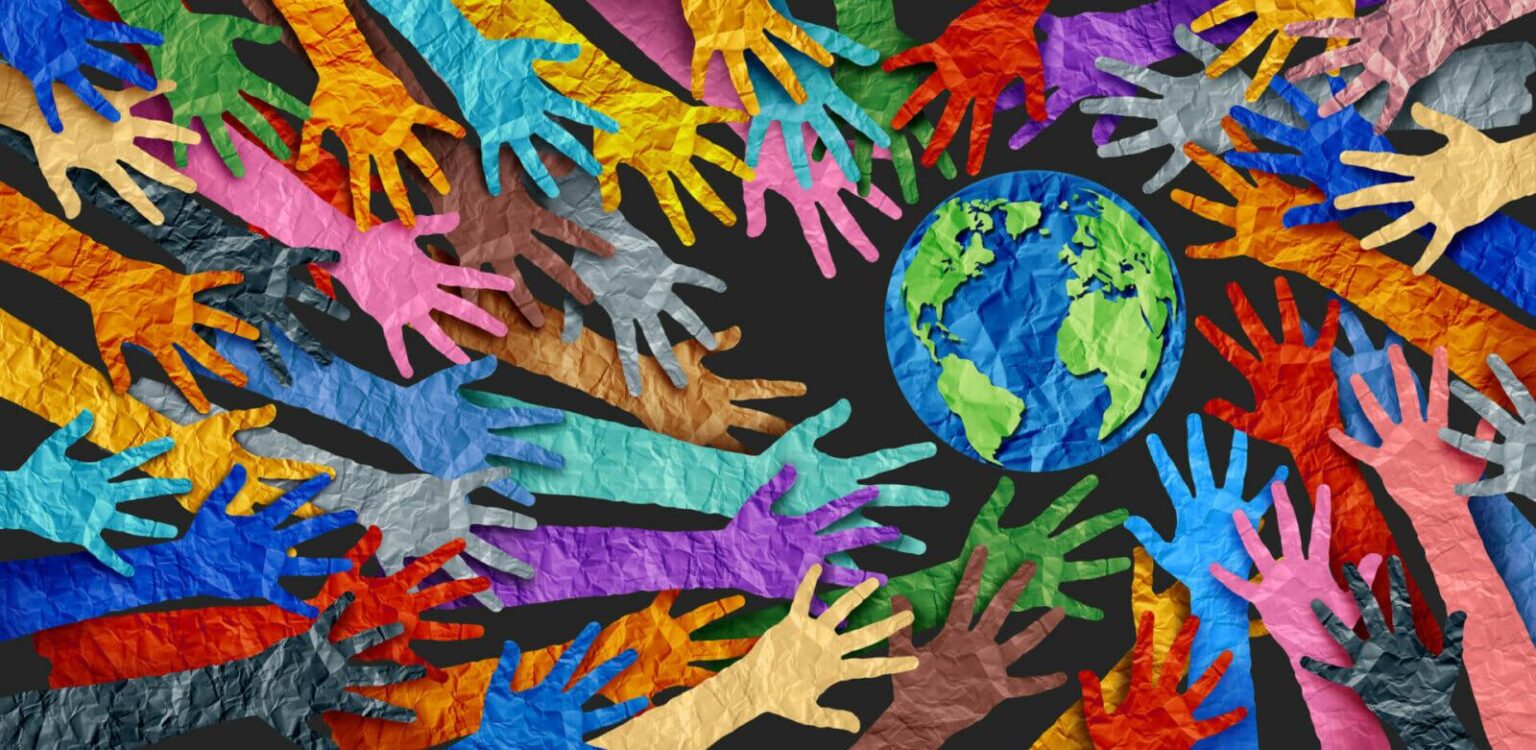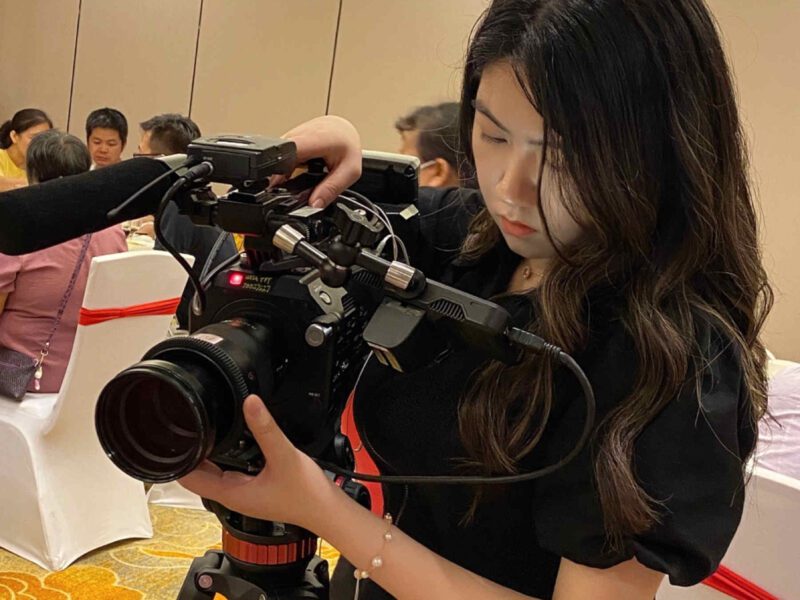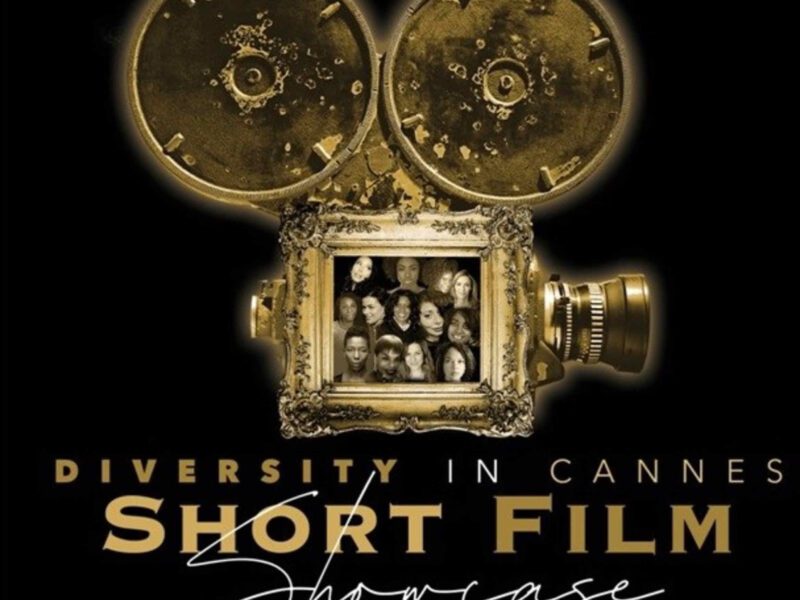
Celebrating Diversity: Exploring the Rich Tapestry of Different Cultures
Introduction
Human civilization is a mosaic of diverse cultures, each weaving a unique narrative of traditions, beliefs, and customs. As we navigate the intricate tapestry of our global community, it becomes evident that the richness of our collective human experience lies in the celebration of different cultures. This exploration delves into the myriad ways in which cultures shape our identities, foster understanding, and contribute to the vibrant mosaic of our shared existence. Click here to read an exciting chapter.
Cultural Diversity: The Essence of Humanity
At the heart of our interconnected world lies the kaleidoscope of cultural diversity. From the ancient traditions of the Far East to the vibrant tapestry of African cultures, and the varied landscapes of Europe and the Americas, every corner of the globe is adorned with its unique cultural signature. This diversity is not merely a collection of customs and rituals; it is the essence of humanity’s collective wisdom, reflecting centuries of adaptation, resilience, and creativity.
Cultural Identity: Shaping Who We Are
Cultural identity serves as a powerful force in shaping individual and collective consciousness. From the languages we speak to the rituals we practice, our cultural identity is interwoven with our sense of self. The traditions passed down through generations become threads that connect us to our roots, providing a sense of belonging and continuity. Embracing and understanding one’s cultural identity fosters a deeper connection to heritage and, by extension, to the broader human family.
The Influence of Culture on Perception
Culture serves as a lens through which we interpret the world. Our beliefs, values, and social norms are deeply ingrained within the fabric of our cultural upbringing. What might be considered acceptable behavior in one culture could be perceived differently in another. Understanding the influence of culture on perception is key to fostering empathy and navigating the complexities of intercultural communication.
Cultural Traditions: Bridges Across Generations
Cultural traditions act as bridges connecting generations, serving as conduits for the transmission of knowledge, wisdom, and shared experiences. From the festivities that mark significant milestones to the rituals that honor ancestors, these traditions form a continuum that links the past, present, and future. Preserving and passing down cultural traditions not only strengthens familial bonds but also contributes to the preservation of our global cultural heritage.
Language: The Living Expression of Culture
Language, as a fundamental aspect of culture, is a living expression of shared history and identity. The nuances embedded within languages encapsulate the essence of cultural perspectives. From idioms and metaphors to the subtleties of linguistic politeness, language is a vessel that carries the cultural wisdom of a community. Multilingualism, therefore, is not merely a practical skill but a gateway to understanding and appreciating the diverse ways in which humans express themselves.
Cultural Celebrations: Unifying Through Diversity
Throughout the calendar year, cultures around the world come alive with vibrant celebrations. Whether it’s Diwali in India, Carnival in Brazil, or Hanami in Japan, these festivities are a testament to the human spirit’s inclination to celebrate life and its various facets. Cultural celebrations not only offer a glimpse into the unique customs of a community but also serve as opportunities for cross-cultural exchange, fostering mutual understanding and appreciation.
Cultural Exchange: Building Bridges, Breaking Barriers
In an era of unprecedented connectivity, cultural exchange has become more accessible than ever. Travel, technology, and globalization provide avenues for individuals to explore and appreciate different cultures. From culinary delights to artistic expressions, the exchange of cultural elements enriches societies and promotes a global dialogue that transcends borders. As we engage in cultural exchange, we not only broaden our perspectives but also recognize the shared humanity that unites us all.
Challenges and Opportunities in a Diverse World
While cultural diversity is a source of strength, it also presents challenges. Misunderstandings, stereotypes, and cultural clashes can arise when different worldviews intersect. However, these challenges offer opportunities for growth, learning, and the development of intercultural competencies. Embracing diversity requires an open mind, a willingness to learn, and a commitment to fostering inclusivity in our communities.
Education: Nurturing Cultural Understanding
Education plays a pivotal role in nurturing cultural understanding and dismantling stereotypes. Incorporating diverse perspectives into curricula, promoting language learning, and encouraging intercultural exchange programs in schools and universities are essential steps toward fostering a global citizenry that appreciates and values the richness of different cultures.
Conclusion
Different cultures are the kaleidoscopic expressions of humanity’s collective journey. As we celebrate the rich tapestry of cultural diversity, we recognize that our shared existence is an intricate dance of traditions, beliefs, and expressions. Embracing different cultures not only enhances our individual lives but also contributes to the flourishing mosaic of our global community. Through understanding, respect, and celebration, we can continue to weave the threads of cultural diversity into a harmonious tapestry that reflects the beauty of our interconnected world.







